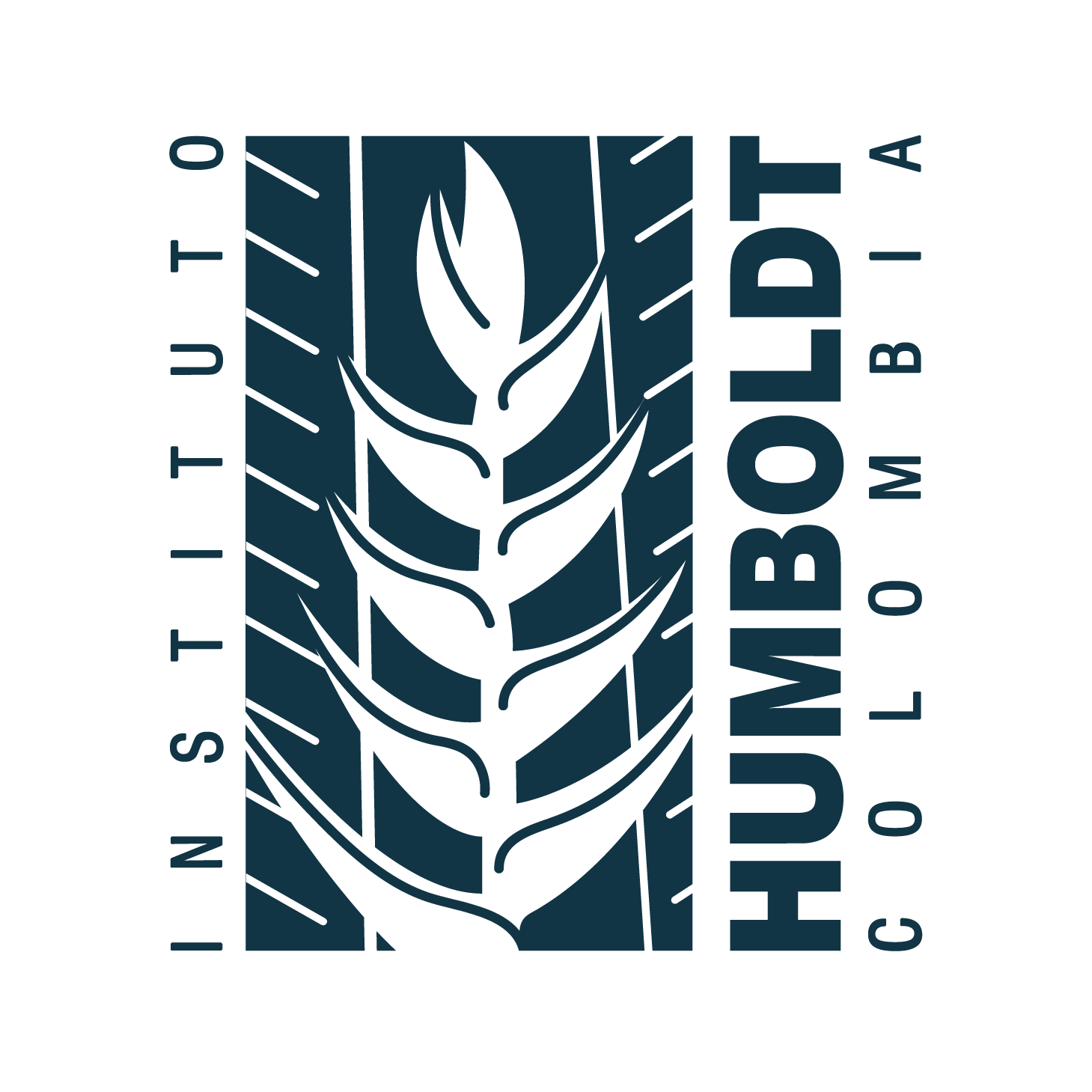Abstract (en):
Abstract (es):
Se presenta una lista de las especies del género Zygia (Leguminosae) presentes en Colombia, incluyendo un
análisis de su distribución geográfica y altitudinal, así como también su distribución en las distintas regiones
naturales de Colombia y las formaciones vegetales asociadas a cada una de las especies del género. De igual forma
se presentan la fenología, nombres vernáculos, usos y una clave dicotómica actualizada para la identificación de
las especies colombianas de Zygia. Para el estudio de la distribución, nombres comunes, usos y morfología de
Zygia en Colombia, se revisaron colecciones científicas de referencia depositadas en 16 herbarios nacionales y
extranjeros. En Colombia, el género Zygia está representado por 21 especies, de las cuales ocho son endémicas
para el país. La mayor riqueza de especies se encuentra en las regiones Andina (76,2 %) y Amazónica (66,66
%), mientras que los departamentos con mayor número de especies registradas son Amazonas (12) y Caquetá
(11). En Colombia, las especies de Zygia ocupan un intervalo altitudinal entre 0-2800 m s.n.m., con la mayor
concentración de especies por debajo de los 1000 m s.n.m., y prefieren ambientes correspondientes a bosques
húmedos asociados a cursos de agua o en las llanuras de ríos.
Keywords:
Altitudinal and geographical distribution, Fabaceae, Phenology, Uses, Vernacular names (en)
References
Barneby, R. C. y J. W. Grimes. 1997. Silk Tree, Guanacaste, Monkey’s Earring. A Generic System for the Synandrous Mimosaceae of the Americas. Part II. Pithecellobium, Cojoba, and Zygia. Memoirs of the New York Botanical Garden 74: 60-149.
Espinal, L. S. y E. Montenegro. 1963. Formaciones Vegetales de Colombia y Mapa Ecológico (cuatro planchas). Departamento Agrológico, Instituto Geográfico “Agustín Codazzi”, República de Colombia, 201 pp.
Forero, E. y C. Romero. 2009. Sinopsis de las Leguminosae: Mimosoideae de Colombia. Pp: 9-235. En: Forero, E. (Ed.). Estudios en Leguminosas Colombianas II. Biblioteca José Jerónimo Triana. Instituto de Ciencias Naturales, Facultad de Ciencias, Universidad Nacional de Colombia, Bogotá.
Igac. 1962. Mapa Ecológico Según la Clasificación de Formaciones Vegetales del Mundo de L. R. Holdridge. Escala 1:1.000.000. Cuatro Planchas. Departamento Agrológico, Instituto Geográfico “Agustín Codazzi”, República de Colombia.
Igac. 1997. Mapa de Regiones Naturales de Colombia. Escala 1:5.000.000. SIGAC. Instituto Geográfico Agustín Codazzi, Bogotá.
Iganci, J. R. V., M. V. Soares, E. Guerra y M. P. Morim. 2016. A Preliminary Molecular Phylogeny of the Abarema Alliance (Leguminosae) and Implications for Taxonomic Rearrangement. International Journal of Plant Sciences 177 (1): 34-43.
Lewis, G., B. Schrire, B. Mackinder y M. Lock. (Eds.). 2005. Legumes of the World. Royal Botanic Gardens, Kew, 577 pp.
Romero, C. 2016. Zygia P. Browne (Fabaceae): Mimosoideae. Pp: 1341-1343. En: Bernal, R., S. R. Gradstein y M. Celis (Eds.). Catálogo de las Plantas y Líquenes de Colombia. Volumen I. Instituto de Ciencias Naturales, Facultad de Ciencias, Universidad Nacional de Colombia, Bogotá.
How to Cite
The works published in the journals of the Alexander von Humboldt Biological Resources Research Institute are subject to the following terms, in relation to copyright:
1. The patrimonial rights of the published works are assigned to Instituto de Investigación de Recursos Biológicos Alexander von Humboldt. The authors or institutions that elaborate the document agree to transfer the patrimonial rights to the Humboldt Institute with the sending of their articles, which allows, among other things, the reproduction, public communication, dissemination and dissemination of works.
2. The works of digital editions are published under a Creative Commons Colombia license:
Creative Commons License
This work is licensed under a Creative Commons Atribución-NoComercial-SinDerivar 4.0 Internacional.
> Attribution - Non-commercial - No Derivative: This license is the most restrictive of the six main licenses, it only allows others to download the works and share them with others, as long as their authorship is acknowledged, but they cannot be changed in any way, nor can they be used commercially.
3. The authors, when submitting articles to the editorial process of the magazines published by the Humboldt Institute, accept the institutional dispositions on copyright and open access.
4. All items received will be subjected to anti-plagiarism software. The submission of an article to the magazines of the Humboldt Institute is understood as the acceptance of the review to detect possible plagiarism.
5. The works submitted to the editing process of the magazines of the Humboldt Institute must be unpublished.


















